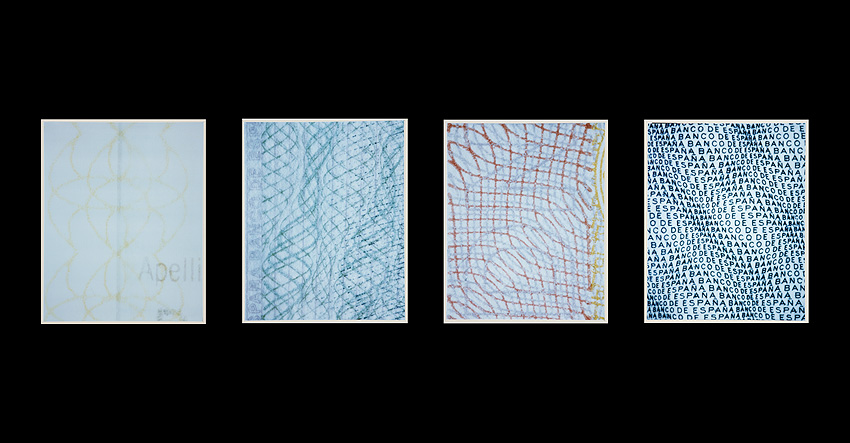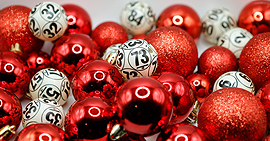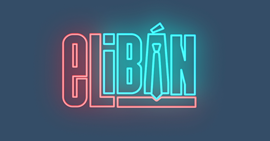ADN, DNI, dinero JAVIER BALDEÓN
18/09/2019
Today in the series of blogposts entitled “If paintings could talk”, we present ADN, DNI, dinero by Javier Baldeón.
Javier Baldeón trained at the Valencia School of Fine Arts. After his first solo exhibition in the mid-1980s, he became a painter whose work lay somewhere between investigation and evocation, minimising all expressiveness to focus on the tactile qualities of the paint. In his photography, the emphasis was on the practical resolution of the medium and its distinctness from other techniques, with a view to converting the image into a paradigm of what photography should be.
Baldeón tends to be most closely identified with his works of the 1980s and 1990s, made using synthetic resin. Creating effects of light and shadow from within the work, viewed as diorama, the artist emphasises the vagueness of the representation. Lured by photography’s potential to manipulate reality, by the mid-1990s Baldeón’s work examined the systems institutionalising the submission of the individual to social codes.
ADN, DNI, dinero was born out of this interest. The work is a series of photographs that draw on the internal structure of identity documents (ID cards and passports) and money to imply a similarity with the structure of DNA, suggesting the structure of a system of control that ranges from our genetic code to our national identity. Using repetition and reproducibility, this series evokes the artist’s reflections on chance, causality and coincidence.
-
Javier Baldeón
ADN, DNI, dinero, 1995
Chromogenic print on paper, 100 x 80 cm each
Banco de España Collection
Highly sophisticated security features are structurally incorporated into euro banknotes to help detect counterfeits. These include watermarks, security threads, hologram patches, colour-shifting ink, raised print and components that can be checked under ultraviolet light. Use the simple “FEEL, LOOK and TILTAbre en ventana nueva” method to check that banknotes are real and to avoid accepting counterfeits.



